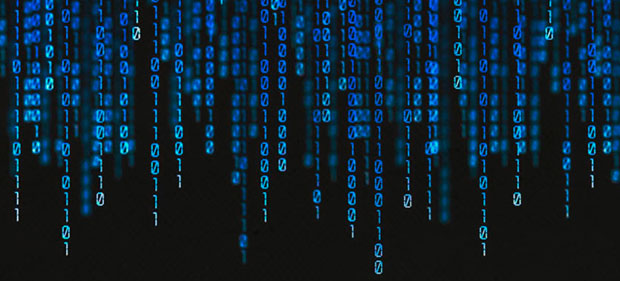
The world is run by algorithms. They respond to your choices online and personalise your web experience. They guide aircraft in flight, on landing and takeoff. They manage financial markets and your bank account status. Algorithms guide anything involving a computer. But what are they?
Simply put, an algorithm is a bit of human thought written in code so a computer can copy that thought process. It is that simple and that powerful. Working out how we think is the tough part, and working out how creativity works is seen as one of the toughest. But progress is being made.
Talking about creativity is notoriously difficult because it is tied up with how we experience the process and the result. Our responses to creativity, the excitement, the joy, the profound sense of satisfaction we experience when finding a new design, see a new work of art, hear a new piece of music is also bound up in the creative process. Anyone involved in creating something good will know its deeply rewarding, as is discovering a new design or work of art for the first time.
This is why we create and consume new things, its wonderfully rewarding, but its not the process itself.
The process is at heart very simple. It is the act of combining observations in truly unique ways. That seems too simple a process, but like all good algorithms it explains a vast range of human activity. Impressionism came as a bolt out of the blue and challenged every accepted notion of fine art. But no one could deny the uniqueness of the observations and the startlingly new ways that they were combined. Surrealism, Cubism, Abstract Expressionism, all are products of the same process. This is repeated in Architecture, Fashion, Literature, Cuisine- every sphere of human activity.

For many this will seem too mechanistic. What about personal expression? What happens to beauty? What happens to revelation? At heart, these are all descriptions for how we experience creativity. Expression is how we communicate what is personally important to us – how we do this is by combining all we have experienced, our observations, in new ways that communicate well to others. Observations that are false don’t work. Combinations that are generic surprise and delight no one.
Brilliant new brands have exactly this quality. They are made from observations about our needs and hopes, and they are expressed in unique, ownable memorable ways. Powerful brands, just like works of art- come from the same algorithm.
So is it possible for computers to be creative? They already are in some spheres. Emily Howell is a modern composer who has created hundreds of scores that musicologists agree are indistinguishable from composers like Mozart. Emily is a piece of software developed by David Cope at the University of California.
Music, like all art, is about expression. If a computer can compose music, it can create.
Written by Lulu Laidlaw-Smith, Commercial Director